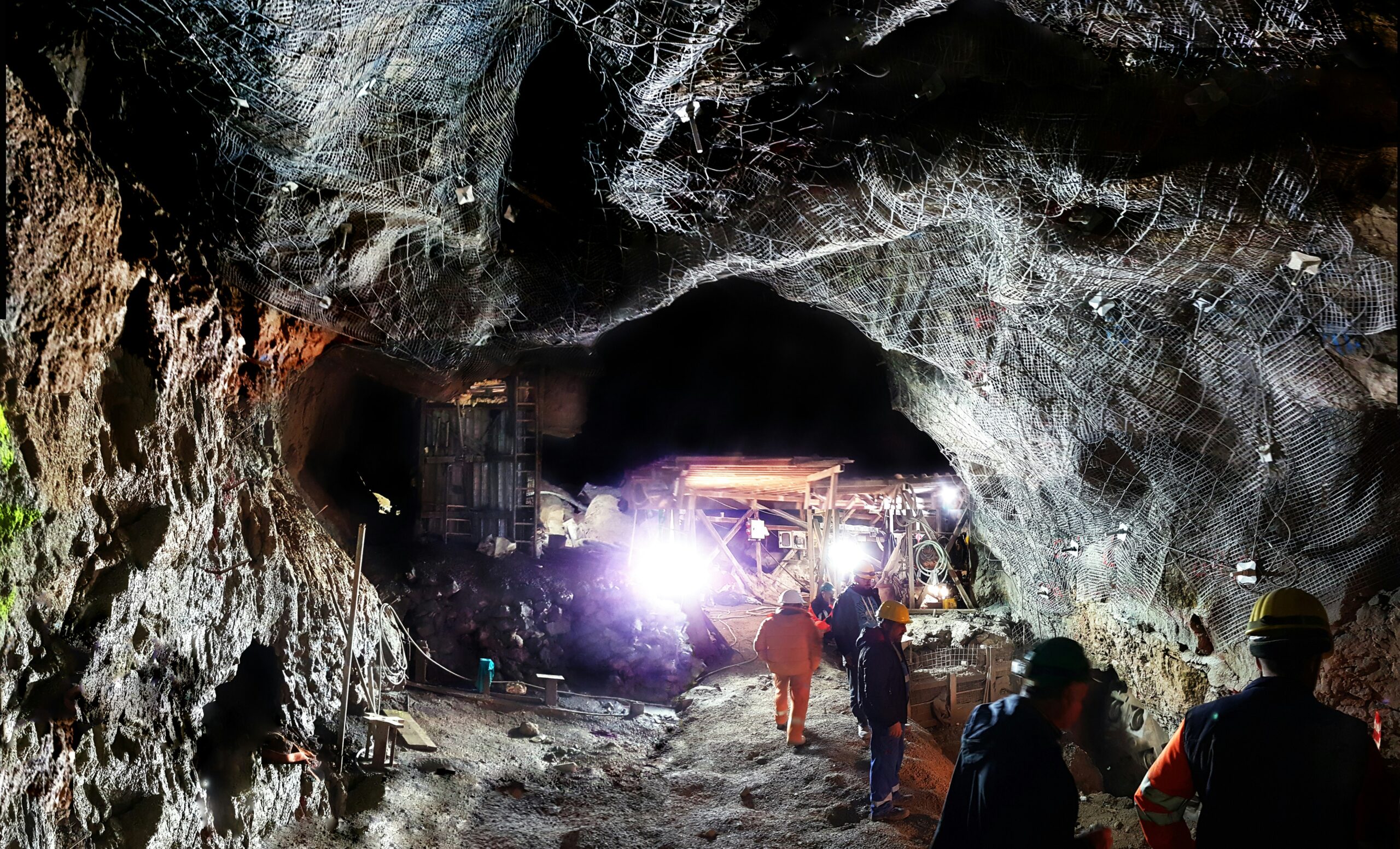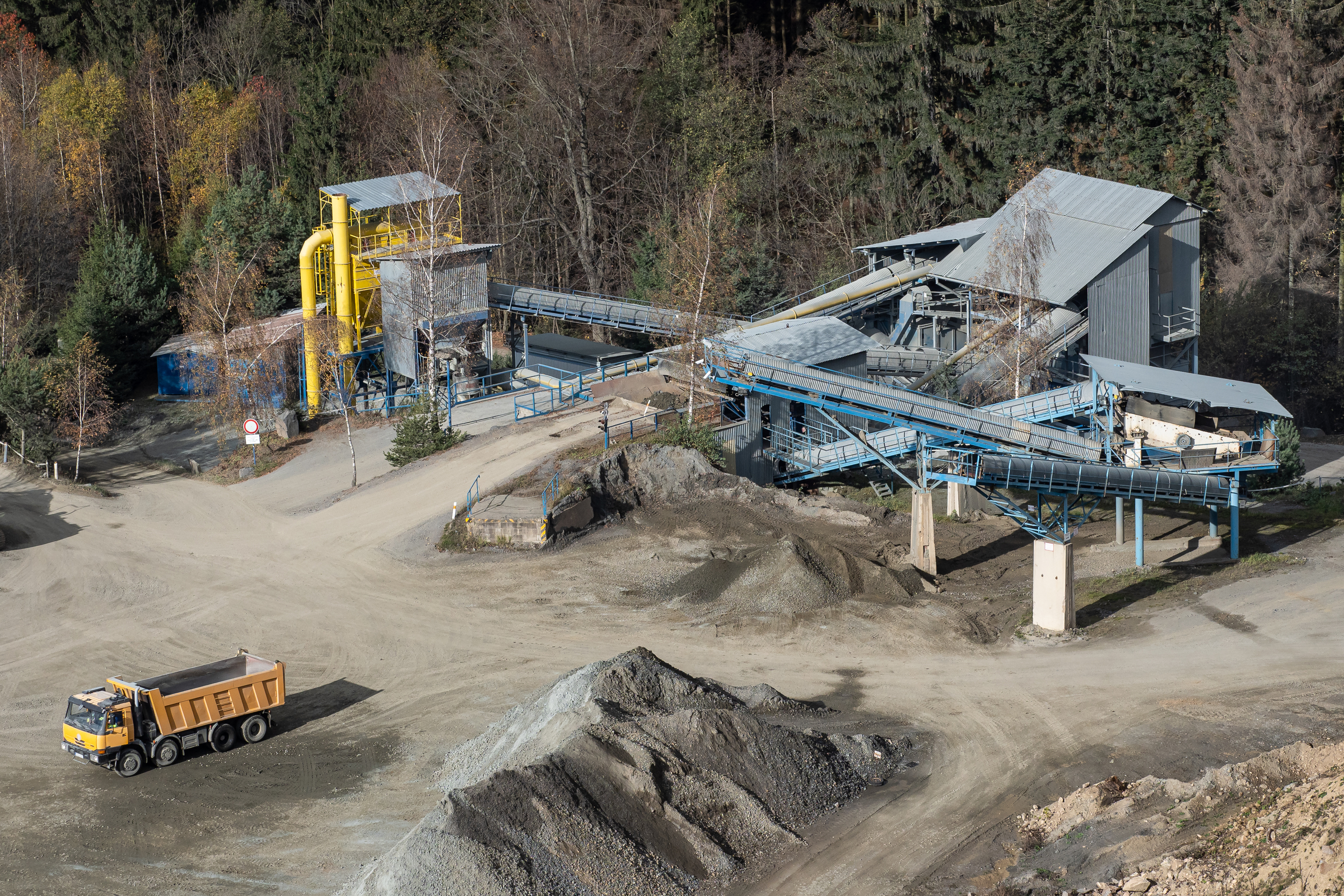How cellular connectivity empowers digitalization in mining
by Mark Kemp and Nir Elron
Mining is going through the process of digital transformation like most industries, albeit a little slower than some of them. High capital costs, complexity of operations, regulatory constraints and remote locations – all these factors can become a hurdle for implementing advanced digital solutions effectively. The pace of digitalization can be very different within the industry depending on use cases – for example, with open-pit operations moving swiftly ahead and underground mining lagging behind. Deloitte’s recent survey on the state of digital transformation in mining showed that while companies are working on embedding digital, there is room for all of them to continually improve.
When implementing autonomous vehicles and equipment, IoT technologies to connect various devices and sensors, advanced data analytics and other digital solutions, mining companies critically depend on connectivity. Wi-Fi can be useful in some surface applications or limited underground scenarios, but cellular connectivity offers more robust, reliable, and secure options for communication in challenging underground environments like mines.
Initially, mining companies relied on public cellular networks for basic operational communication among workers and equipment status updates. However, as their operations grew more complex and they began implementing automation and IoT technologies, these enterprises became the early adopters of private networks. Virtually any underground application that requires wireless connectivity can run on private cellular networks, including autonomous vehicles, robotic processes and smart sensors — and even applications that could earlier be served by cabled connections, such as CCTV camera feeds. According to Analysys Mason, today mining (combined with oil and gas) has the second biggest share of private networks among other industries. Experts forecast that by 2027, the mining, oil and gas sector will account for 32% of private network spending.
While the same network technology can be deployed on the surface and underground, there can be various use cases enabled by cellular connectivity.

Cellular connectivity in mining: use cases
Remote Monitoring
Like many other verticals, the mining industry needs to monitor assets used in the open pits and underground. Cellular networks allow for real-time monitoring of heavy machinery and vehicles. Sensors installed on equipment can transmit data about performance, usage, and potential issues, enabling many use cases such as predictive maintenance and fleet management to reduce downtime and increase efficiency.
The need for monitoring is not limited by assets. Environmental monitoring is extremely important, too. While in the past mining operations have relied on inspection and manual survey to detect ground movement, now the industry uses data from tiltmeters and laser displacement sensors, and cellular connectivity is essential to transmit it.
Remote Control
Mining companies oftentimes use drones and remotely operated vehicles for real-time 3D mapping and equipment inspections, as well as checking slopes, crests and walls for safety risks like cracks and signs of rock movement. This remote control reduces the need for manual onsite operations, effectively lowering safety risks.
Robots are widely used in mining for dangerous activities such as drilling, blasting and exploring. By deploying them, workers can operate safely from a distance. The robots are equipped with numerous sensors which send their data to the control center, allowing for precise operation and optimization of operations accuracy and speed.
Traditional exploration methods in mining are time-consuming, costly, dangerous, and environmentally unfriendly. Robots can also safely explore unstable and flooded tunnels. These exploration robots come in various forms, such as rover-type robots, drones, and submarine robots, all equipped with sensors and cameras and wireless connectivity to transmit data.
In all these use cases, cellular connectivity is critical not only for the purpose of transmitting data from cameras and sensors, but also for command-and-control functions.

Autonomous Operations
Since the first successful commercial deployment of automated haul trucks in open-pit mine in 2007, the technology has proliferated to other mining equipment and both open-pit and underground mines. In May, Swedish company Boliden announced it was going to upgrade the existing private 5G network in one of its mines to enable remote-controlled and self-driving vehicles and machines carrying out advanced mining operations up to 750 meters underground.
Cellular networks play a critical role in autonomous operations in mining. First, autonomous vehicles and equipment require constant communication with central control systems to receive updates and commands. Second, from sensor data to performance metrics, these operations generate vast amounts of information, and cellular networks facilitate the rapid transfer of this data for analysis and decision-making, enabling more efficient operations. Finally, as these vehicles and equipment rely on various technologies, such as GPS and IoT devices, cellular connectivity helps integrate them, enabling seamless operation and coordination among different systems.
Worker Safety
Mining is among the most dangerous industries, particularly due to its unique and significant safety challenges. It often occurs in hazardous environments with risks such as cave-ins, rock falls, and exposure to harmful gases. Certain types of tasks, for example, blasting, are very dangerous. The operation of large equipment (like excavators, haul trucks, and drills) poses additional risks. Last but not least, miners may be exposed to dust, noise, and chemical hazards.
There are many safety-related applications that cellular connectivity enables, from sensing of critical parameters such as structural integrity, temperature, humidity, water leaks, gas levels, dust, noise and vibration, to mission-critical PTT/PTV and video monitoring. Moreover, there are cellular-connected wearable devices that can monitor vital signs and provide alerts if conditions become unsafe.

Connectivity requirements for mining
Depending on a use case – open-pit or underground mine, an automated hauler or a video monitoring camera – connectivity needs may vary greatly. However, there are common requirements that are critically important to each and every mining company.
Coverage
Reliable coverage is paramount for mining operations both for reasons of efficiency and safety. Cellular networks can provide coverage in remote and often rugged mining locations, covering larger areas more effectively than Wi-Fi. They are designed to serve wide-ranging areas, which is beneficial in extensive underground networks.
Seamless Connectivity
Certain connected vehicles and equipment rely on several networks. From areas in the open to the underground shafts where public network coverage can be inconsistent, the communication should remain uninterrupted, allowing for continuous monitoring and data transfer. To ensure seamless connectivity, connected devices that move between facilities should be able to switch between various networks, both public and private.
Latency
Minimizing latency is crucial for real-time applications, such as remote control of equipment and immediate response to safety alerts. Low latency ensures that data from sensors and equipment is transmitted quickly, allowing operators to respond swiftly to changing conditions and enabling rapid responses to emergencies and potential hazards. Cellular connectivity can provide minimal latency, yet it’s important to remember that actual latency would depend on the architecture of your connectivity provider’s core network.
Scalability
As mining operations expand or evolve, having a robust cellular infrastructure allows to easily scale autonomous systems without the need for extensive physical infrastructure changes. All networks in use should be able to scale easily to accommodate increasing numbers of connected devices, as automation in mining expands.

Webbing’s connectivity solution for mining enterprises
Webbing offers a connectivity solution that ensures global access to reliable and high-quality internet, with low latency and the best of class coverage. It provides secure and continuous internet connection for all types of devices used by mining companies, wherever and whenever they need it.
As a global MVNO, Webbing’s network of 600+ mobile operators guarantee world-wide coverage. It allows to roam on several carriers’ network in every region, solving the problem of weak spots that any mobile network may have and ensuring full coverage and continuous connectivity even at remote locations.
Webbing is a global connectivity provider with a distributed full core network with local breakouts, multiple network solution, and data server redundancy that provides connectivity stability and low latency. As such, Webbing’s network allows for realization of most complex scenarios with different types of devices, high-data consumption and industry-specific requirements
Our eSIM solution guarantees failover connectivity with the capability of using multiple mobile carrier profiles, easily changing carriers at any time with zero integration, and an option to fall back from a failing profile to a different profile without any need to communicate with a remote server or deal with multiple SIM cards. It helps enterprises that need access to several private and public networks, like mining companies with many assets, to ensure continuous data connectivity for their devices. Easily set business rules help determine automatic profile allocation based on location and enable fallback mechanisms in case of private network failure or coverage issues.
A flexible approach to data packages allows us to tailor our connectivity offering for every customer based on the type of connected devices and their data consumption needs as well as the locations where the devices are used, aiming at overall optimization of the total cost of operations for the client.
Our solutions help mining enterprises overcome their connectivity challenges and optimize costs for global deployments, providing the benefits of roaming with multiple carrier options in every country, and seamless transition between carriers, public and private networks, while maintaining low rates and low latency on a global scale with a single SIM.
Reach out to learn more about our customized connectivity solutions.




